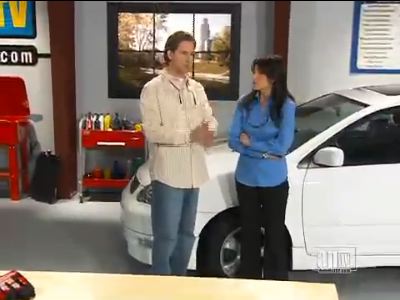Vehicle emission testing has become ubiquitous in North America and for a good reason. Clean air quality is important for the environment and all of us. Since vehicle emissions are among the main causes of air pollution, emission testing can alert you to problems in your vehicle than can be fixed so it won’t needlessly pollute.
Emissions tests are looking for certain toxic gases internal combustion engines produce, such as nitrogen oxide, particulate matter, non-methane organic gases and formaldehyde. Emissions control systems reduce these gases if they are working properly.
The best way to minimize pollution is to keep those vehicle systems working properly, and periodic inspection and maintenance is the key. So if you want to make sure your vehicle will pass an emissions test, it helps to know what might go wrong.
Let’s start on the easy one. Your gas cap could be loose, allowing vapors to escape into the atmosphere. The most common solution is to replace it. Or your air filter may be dirty. A dirty air filter may push your hydrocarbons pass the acceptable level.
Now to the more complicated things. The mixture of fuel and air in your engine may be tilted toward the “too much fuel” side. That could cause problems for your vehicle’s catalytic converter, a device that converts toxic gases from your exhaust into less toxic pollutants.
Your vehicle has a closed system that prevents fuel tank vapors from escaping into the air; it’s called the EVAP system. A technician can track down problems.
Vehicle engineers have gone to great lengths to minimize the amount of pollution your vehicle produces. Your vehicle’s manufacturer recommends how frequently those systems need servicing. Keep those systems in good shape and you’re likely to pass emissions tests with flying colors. Neglect them and you might find your vehicle failing an emissions test. When that happens, you’ll have to get the problems repaired before you can get back on the road.
Autotronics of St. Peter
111 Jefferson Avenue
St. Peter, MN 56082
507.934.9290
http://autotronicsstpeter.com

